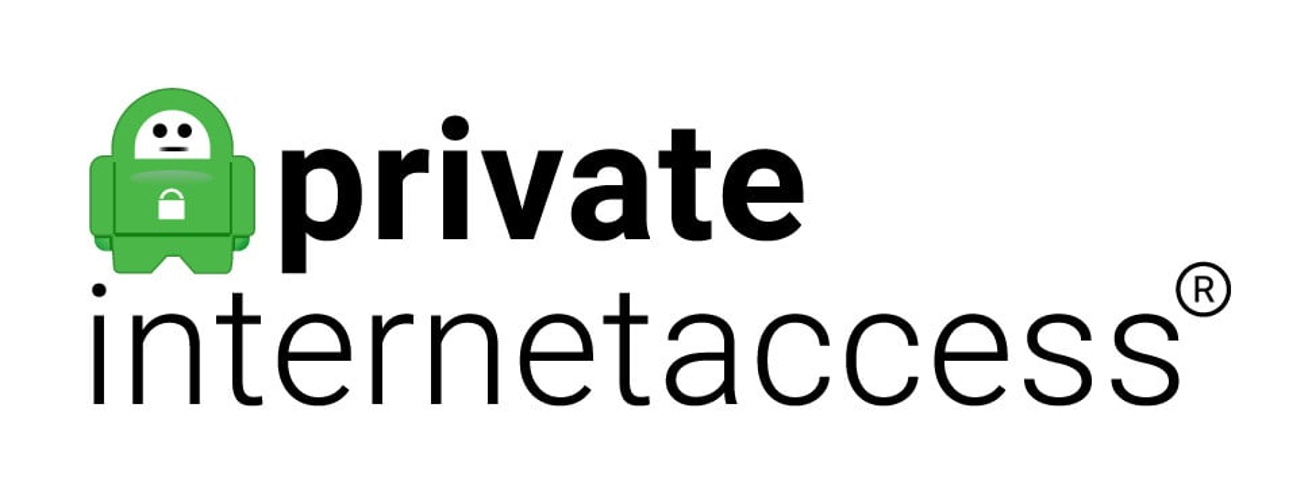Demand Response Services Market Forecast

Demand response services – Programs that adjust consumer electricity usage in response to grid needs, optimizing energy consumption.
Demand Response (DR) Services involve strategies and programs that incentivize end-use customers to dynamically adjust their electricity consumption in response to system needs or market signals. Unlike traditional energy management, which focuses solely on energy efficiency, DR is a flexible capacity resource that acts as a virtual power plant by reducing or shifting electricity demand.
The primary qualitative function of DR is to provide system flexibility by managing the demand-side of the power balance equation. When the grid is stressed due to high demand, low supply (e.g., a heatwave causing high AC use while solar output drops), or a sudden equipment failure, system operators can dispatch DR to immediately shed or shift load. This prevents the need to fire up expensive, rarely-used "peaker" power plants or, more critically, avoids grid overloads and potential outages.
DR methods are broadly qualitative. Incentive-based programs offer participants a payment for being on standby and an additional payment for reducing their consumption when called upon (e.g., reliability-based DR and ancillary services DR). Price-based programs rely on dynamic electricity pricing (like Time-of-Use rates or Critical Peak Pricing) to encourage consumers to shift their consumption away from high-price, high-stress periods. The delivery of the service relies on an aggregator—a market participant who bundles the small, dispersed load reductions from numerous commercial, industrial, or residential customers into a single, reliable block of capacity that is large enough to bid into wholesale markets. The growing adoption of smart meters, IoT devices, and smart thermostats is enhancing the precision and speed of DR dispatch, making it a valuable, fast-acting ancillary service that competes directly with generation and storage.
FAQs on Demand Response Services
Q: What is the key benefit of Demand Response for the power grid?
A: It provides a flexible and cost-effective source of capacity to balance the grid by temporarily reducing demand during peak stress times, which helps avoid overloads, prevents outages, and reduces the need for costly grid upgrades.
Q: How does a Demand Response Aggregator function?
A: The aggregator acts as a middleman, enrolling hundreds or thousands of customers, managing their committed load reductions, and communicating a single, unified block of capacity to the system operator for dispatch when needed.
Q: What is the main difference between incentive-based and price-based DR?
A: Incentive-based DR offers direct payments for availability and activation. Price-based DR encourages behavior change by exposing customers to dynamic electricity prices that are very high during peak times and lower during off-peak times.
More Related Reports:






